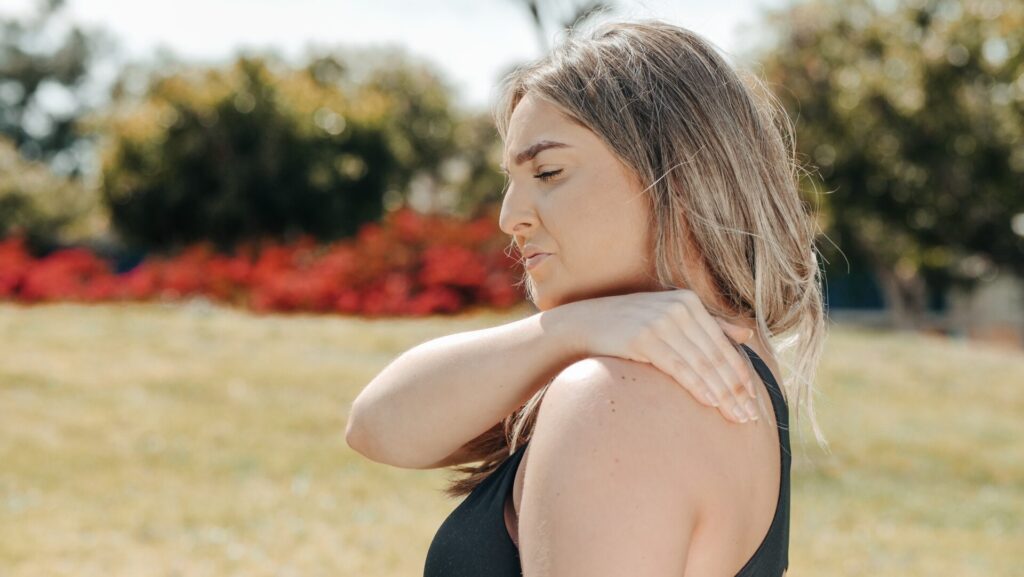Physical Therapy for Shoulder Overuse Injuries: Healing and Preventing Re-Injury
Shoulder overuse injuries can be painful, frustrating, and difficult to recover from. Fortunately, physical therapy is one of the most effective treatments for shoulder overuse injuries. This article will discuss what to expect during physical therapy sessions for shoulder overuse injuries, the exercises you might do, how long recovery takes, and how physical therapy prevents re-injury.
Introduction
Shoulder overuse injuries are a common problem among athletes and those who engage in repetitive tasks. They often cause pain and loss of mobility in the shoulder. These injuries are caused by doing the same activity over and over again without taking proper care of your body or allowing sufficient rest time in between activities. Fortunately, physical therapy is an effective treatment option for these kinds of injuries. It helps decrease the pain and encourages healing while also helping to prevent future injury.
What To Expect At Physical Therapy
When you visit your physical therapist for a shoulder overuse injury they will conduct a thorough evaluation to assess your range of motion, strength, flexibility, balance, posture, and gait pattern (if applicable). From there they will come up with an individualized plan tailored specifically to your needs that includes a combination of manual therapy techniques (such as massage or mobilization), strength training exercises designed to improve the stability of your shoulder joint, stretching exercises that help reduce pain and stiffness associated with the injury as well as improve your range of motion (ROM), balance activities to increase neuromuscular control around your shoulder joint, education about proper body mechanics and ways to prevent future injury or re-injury including proper warm-up/cool-down techniques before exercise or sports activities.
What Types Of Exercises You Might Do & Why They Help
The types of exercises you might do during physical therapy for a shoulder overuse injury will depend on the specific diagnosis but could include:
- Scapular stabilization exercises – These are designed to strengthen the muscles around your scapula (shoulder blade) which improves stability around your shoulder joint decreasing pain associated with movement as well as promoting better posture when engaging in everyday activities such as reaching overhead or reaching behind you.
- Rotator cuff strengthening – Strengthening rotator cuff muscles is important for improving ROM at the shoulder joint as well as overall strength within this area which reduces the risk of further injury or re-injury.
- Active Range of Motion (AROM) – AROM involves using active muscle contractions while going through specific ranges of motion at your shoulder joint which helps restore lost ROM due to injury while also increasing neuromuscular control around this region reducing risk for future Injury/re-injury
- Posture correction – Posture correction is important when it comes to treating any type of shoulder dysfunction because poor posture puts additional strain on structures surrounding the area already weakened by injury causing more pain and decreased function. Improving posture can help alleviate some symptoms associated with an injured shoulder while also helping prevent any further damage from occurring in this area moving forward.
How Long Recovery Takes
Recovering from a shoulder overuse injury inevitably varies by case.
Yet, most individuals need 6-8 weeks of devoted rehabilitation before gradually reintegrating into activity/sport, assuming their situation allows for it. This timeline permits affected tissues to rejuvenate sufficiently without jeopardizing or aggravating the injury.
During this critical rehabilitation period, attentively following a physical therapist’s guidance with respect to home-exercise regimes, daily activities, necessary precautions, and modifications preserves alignment with recommended healing processes.
How Physical Therapy Prevents Reinjury
Physical therapy isn’t just useful in acute phases or after initial occurrence, it’s also critical long-term in maintaining full ROM, strength, flexibility, balance, etc., to help prevent re-injury. Proper body mechanics, warming up/cooling down, and understanding rehabilitation are vital in preventing future issues.
Conclusion
Physical therapy is an effective approach for shoulder overuse injuries, helping individuals safely return to sports and activities while promoting overall health. Working with physical therapists to create personalized treatment plans based on specific needs, goals, and lifestyles can improve healing times and prevent re-injury.

